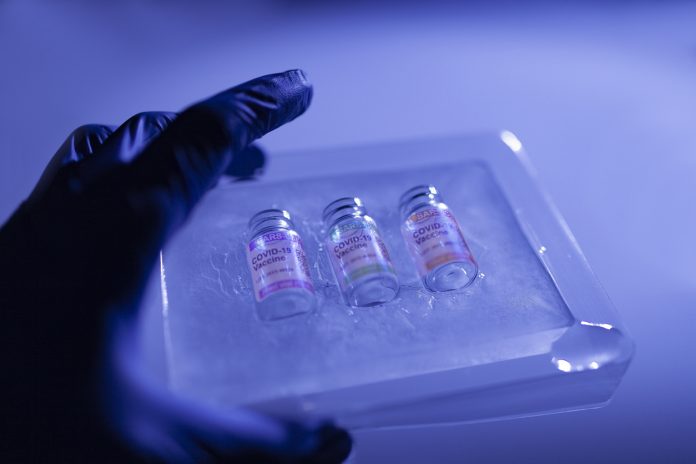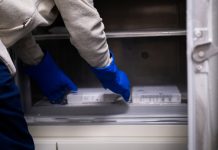Vaccinations are one of the most important medical developments that will have benefits on a person’s health, potentially for their whole life. CoolMed explains the importance of proper vaccine refrigeration
Ensuring vaccine integrity with proper refrigeration
Our defences against some of the deadliest illnesses in the world come from vaccines. However, their effectiveness lies not just in their composition, but also in their integrity. From production facilities, to your local medical centre, vaccines endure a complex journey known as the “cold-chain”. Maintaining a specific temperature between +2**oC to +8**oC throughout their transit is critical since even slight temperature variations can impair their efficacy, putting communities at risk.
So, how can we ensure that these life-saving vials get to their destination, potent and ready to protect?
The ever-present threats of vaccine refrigeration
Temperature fluctuations, power outages, and incorrect handling are just a few of the risks that can occur in the cold-chain. Even brief deviations from the recommended temperature range can compromise vaccine efficacy, potentially rendering them ineffective or even harmful. This is why ensuring cold chain integrity is paramount, especially for sensitive vaccines.
Navigating the challenge of vaccine refrigeration
The cold-chain isn’t a single journey; with vaccines passed from manufacturers to distributors, transportation providers, healthcare facilities, and finally, to the patient. Each step introduces potential risks:
- Temperature fluctuations:
- Exposure to temperatures outside of +2**oC to +8**oC can greatly impact vaccines, rendering them ineffective
- Power outages:
- Equipment failures or power cuts can disrupt vaccine refrigeration, leading to temperature fluctuations
- Logistics and transportation challenges:
- Delays, improper handling, and inadequate packaging can all jeopardise vaccine integrity
- Human error:
- Accidental mishandling or inadequate training can also contribute to temperature deviations.
Protecting the cold-chain
CoolMed are dedicated to safeguarding this vital journey. Their innovative vaccine refrigeration solutions offer a range of features to combat cold-chain challenges:
- Reliable temperature control:
- CoolMed refrigerators come equipped with specialist features such as alarms that sound if the temperature falls outside of the cold-chain range, self-closing doors, and locks to prevent unauthorised access.
- Remote monitoring:
- The thermometers inside a medical fridge record the temperature in real-time, providing a more accurate representation of the fridge’s internal temperature. However, the medical fridge’s temperature must also be checked and logged by a dedicated member of the team at least twice a day, usually in the morning and at the end of the day.
- Durable design:
- Practitioners have the choice between solid and glass door medical fridges – the latter allowing healthcare professionals to see the contents of a medical fridge without needing to open the door and potentially compromise the fridges internal temperature.
- Regular calibrations:
- CoolMed’s annual servicing contracts ensure your medical freezers and refrigerators consistently meet industry regulations and maintain medication efficacy.
Beyond technology
While technology plays a crucial role, overcoming cold chain challenges requires a multifaceted approach. Governments, healthcare organisations, and logistics firms must work together to develop a strong cold chain infrastructure and put best practices into action. By working together, we can ensure that vaccines reach their destination intact, protecting lives and communities worldwide.
Contributor Details
Editor's Recommended Articles
-
Must Read >> What temperature should my medical fridge be?















